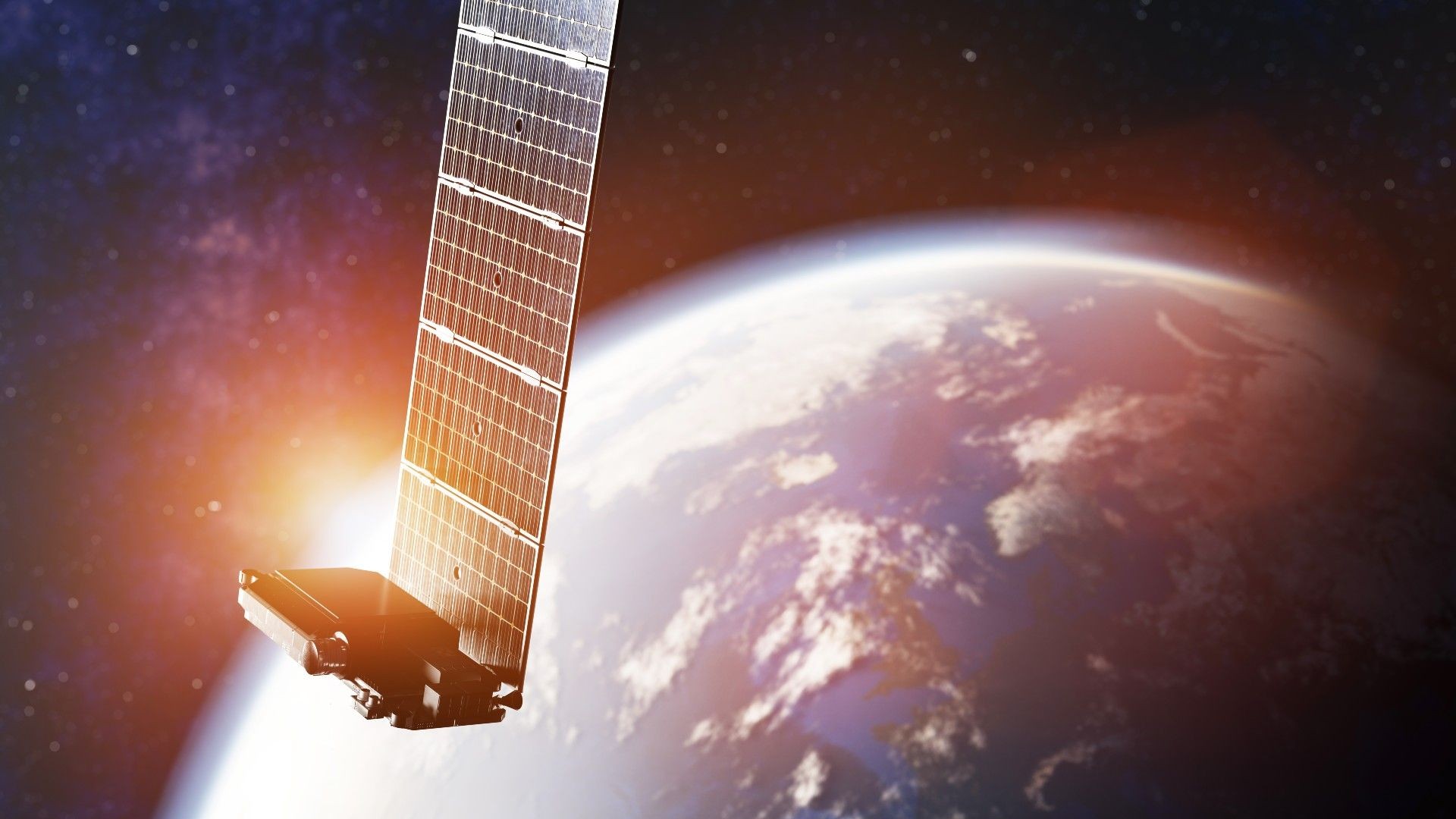Orbital 'parking spots' could help prevent satellite traffic jams
Space vehicles may soon be assigned parking spots to prevent traffic pileups in Earth's orbit.

Space vehicles may soon be assigned parking spots to prevent traffic pileups in Earth's orbit.
Roughly 10 times the number of satellites currently in space are expected to launch by 2030 — And this rapid expansion of Earth-observation and communications satellites is bound to create some congestion in space and therefore risk in-orbit collisions.
That’s why engineers suggest giving spacecraft launched into low-Earth orbit or to the cislunar region — the area between Earth and the moon — a designated "parking spot" to help prevent accidents and make space more equitable, according to a statement from Purdue University.
"With this density of satellites, something is going to fail and cause a collision," David Arnas, an assistant professor of aeronautics and astronautics in Purdue University’s College of Engineering, said in the statement. "It's just a matter of probability."
Related: FAA proposes rule to reduce space junk in Earth orbit
Satellite constellations are also growing in number and size. These networks, or groupings of satellites, involve multiple modules with coordinated positions in space that allow them to work together as a single system for purposes such as enabling GPS, conducting observations of Earth, establishing internet access and other such things. SpaceX, for instance, has already sent thousands of satellites into our planet's orbit for its Starlink constellation, and intends on launching many more.
"Satellite constellations are getting so big and numerous that it’s becoming impossible to accurately track them all and ensure their long-term safety even through computational means," Arnas said in the statement. "Space is a common resource of humanity, just like water and air. Even if it seems very vast, it is still limited. It is our responsibility to ensure that future generations will also have fair access to it."
Breaking space news, the latest updates on rocket launches, skywatching events and more!
The research team also looked at ways to better organize satellites in space and coordinate parking spots for various spacecraft in areas both closer to Earth or near the moon. For instance, they investigated how large satellite constellations could feasibly — and quickly — be reconfigured to avoid impending debris strikes that may otherwise cause damage.
"If we have a lot of satellites in an area where there’s been a fragmentation event, we will have to move these satellites. This means that we have to optimize not only the final positions of the satellites, but also the maneuvers that each satellite would have to perform in a very short period of time. And right now, that's not possible to do if several large constellations are involved," Arnas said in the statement. "However, if you have a general structure, a distribution containing all satellites in the region, it’s not only possible, but something that we can do even with pen and paper. We can foresee the possibilities of reconfiguration and react very quickly if something unexpected happens."
In the event debris knocks a satellite off course or a spacecraft fails to maintain its orbital position, Arnas has developed a method for calculating the minimum distance space vehicles should maintain from each other to avoid a potential collision. While few policies regulating where satellites can be placed in space exist today, Arnas hopes his tools will help inform decision-makers in the future.
"I want to give policymakers a way to know how approving a mission is going to affect the future capacity and sustainability of the space sector," he said.

Samantha Mathewson joined Space.com as an intern in the summer of 2016. She received a B.A. in Journalism and Environmental Science at the University of New Haven, in Connecticut. Previously, her work has been published in Nature World News. When not writing or reading about science, Samantha enjoys traveling to new places and taking photos! You can follow her on Twitter @Sam_Ashley13.
